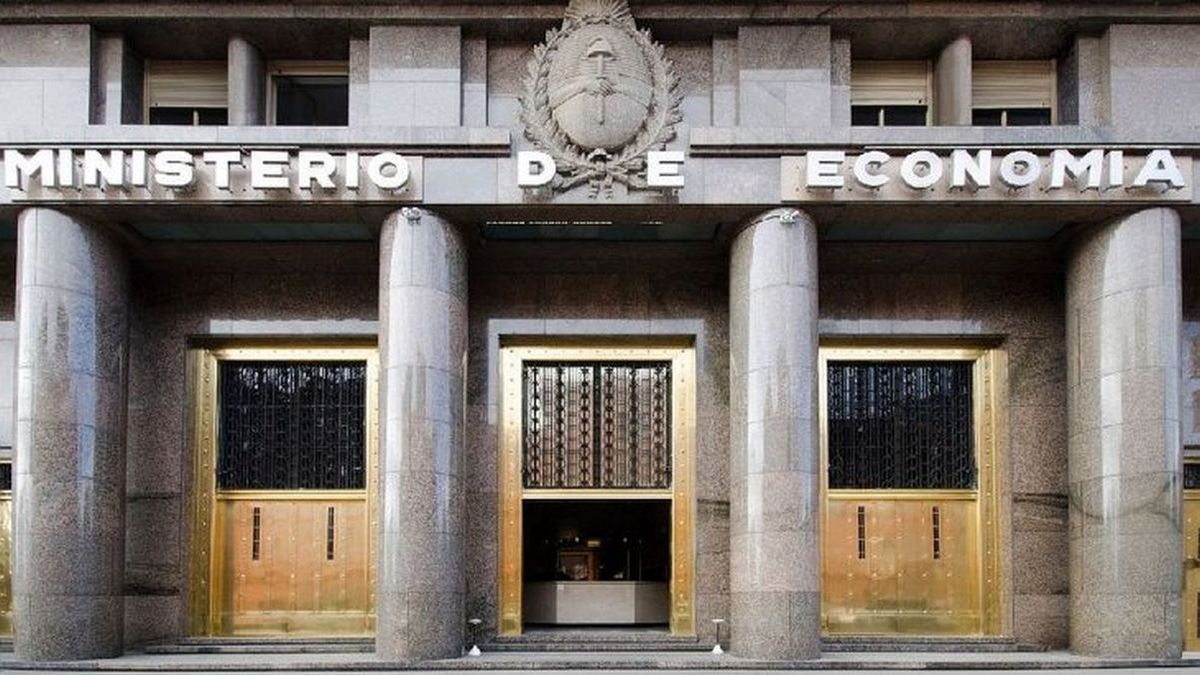In this regard, from the Sarandí consultancy they prepared a report in which they analyzed the “inflationary persistence” and it was detailed: “The possibility of reaching the month of April with inflation below 4% is receding. Nothing is impossible in Argentina, but the symbolic goal that Minister Sergio Massa set for himself would imply reducing the CPI by more than one percentage point in each of the next two months. It is unlikely”.
“On the other hand, this last economic management of the Fernández Government has in the asset have avoided a spiraling scenariowhich presented itself as a severe risk in the middle of last year when the economy lacked all kinds of anchors and politics gave inconsistent signals,” the report detailed, noting that “reducing the macro and fiscal imbalance was the basis of a minimum order in the last part of 2022”.
In this scenario, the consultant estimated, “February will close with a CPI again in the area of 6%.” “Despite the controls and agreements, the breakdown by categories shows that current inflation is led by the seasonal segment that increased 55.7% in the last semester, followed by the regulated segments that grew 42.7% in the same period,” projection.
Analysis
According to Martín Kalos, director of EPyCA Consultores, “there are two ways” to analyze the goal proposed by Massa. “On the one hand, for monthly inflation to be below 4% does not seem particularly demanding. Howeverin the Argentine economy, it does end up being a difficult objective to meet”, explained the economist, who explained that last year, after the peak of 7.4% in July, a certain slowdown was observed in the following months.
“To meet the goal, within this framework, it is necessary to go month by month, managing to lower inflation. Something that now, in January and February, stopped: after 5% in November and December, it returned to 6% in January and February. Which marks that getting below 4% in April is going to be terribly difficult, because inertia is high and there are no mechanisms in sight to lower them”, Kalos explained to Ámbito.
“To lower it, you have to achieve a horizon of gradual decline in inflation, which implies a stabilization of the economy, which today is not there. And this, despite the fact that some of the tools that must be used are being used: the positive real interest rate, the exchange rate appreciation. On the other hand, there is the issue of monetary issue: although the Central Bank does not issue as before, it is not able to reduce its issue sufficiently and cannot give certainty that it will not have to issue in the future, and that is the main problem today,” he added.
Thus, Kalos concluded that, “basically, expectations, indexing, contracts that are tied to inflation, inertia in general, are ultimately a problem that leaves you far from being able to quickly drop to 4%.” “Reaching that number in April seems extremely difficult today and it is not the base scenario of any projection”he explained.
factors
Along the same lines, Francisco Ritorto, an economist at ACM, agreed that “Getting inflation to stay below 4% per month is not an easy task and depends on several issues, which ends up making the possibility of achieving it more complex.”
“First, it is necessary to follow the fiscal commitment assumed with the IMF precisely, otherwise, the proposed inflation target may be complicated. Second, we have to take into account that we are facing a (necessary) process of ‘opening up’ rates; Without going any further, already in March strong increases are expected in different public services and regulated prices. In fact, if we look at average inflation over 3 or 6 months, we can see that core inflation, generally associated with that portion of the price increase that tends to be sustained in the long term, slowed down in January compared to previous months, while the prices of regulated goods increased in greater proportion. Which ends up accelerating inflation in the short term and, therefore, delaying the 4% monthly target for after AprilRitorto added.
Beyond these factors, the political scenario could also have an influence, according to the analyst: “However, one of the biggest challenges is that the political transition does not bring surprises. In an election year like this, where uncertainty is great, if the so-called ‘crack’ cannot be minimized, all the other macroeconomic variables could go to the background”.
Source: Ambito




